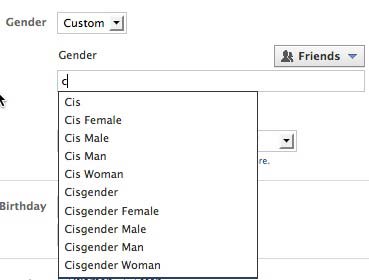
The social web has made sharing more important than ever, especially for graphic designers who are continually seeking new (and potentially lucrative) clients. Now, sharing your design work is more than simply publishing a portfolio; it’s engaging in a community and making real business-networking connections that can pay huge long-term dividends. Portfolio-driven and personal/professional websites aside, here are 10 places you should share your design work.
Facebook
Facebook is perhaps the best platform for sharing your design work. What makes Facebook (and other social sites) perfect is the fact that potential clients are likely not surfing portfolio websites – but they are paying attention to designs being shared here.
Pinterest
Rapidly growing in popularity, Pinterest is a great platform for setting up your own board to showcase your design work.
LinkedIn
Post your latest designs to the business community; with a few good connections, you’ll have the work and the references needed to land great contracts.
Share and collaborate with other creative professionals, some of whom might just hire you for their own projects.
YouTube
Whenever you create an outstanding design, take 90 seconds and make a video that discusses your decision-making process. Share your video on other social sites and quickly establish yourself as an expert in your field.
Dribbble isn’t just for designers; a lot of potential buyers browse Dribbble these days.
Still one of the most popular sites for designers, DeviantArt has a robust community that’s happy to “reshare” your posts.
Unlike many other sites, Creattica reviews each work before publishing it. That third-party validation is critical and results in potentially thousands of shares across a wide network.
Press releases
Whenever you complete a big project for a client, offer to submit a press release announcing it. This is especially true for newsworthy releases such as a new website launch or redesign. The press release should include the fact that you were the designer; when it gets picked up by media sources, everyone will know your name.
Business and marketing blogs
Most graphic designers focus on getting posts published on design blogs, but designers aren’t your clients. Instead, post design-relevant information on business and marketing blogs to establish your expertise and talent.
Where else can you share your design work?
Author’s Bio: Brian Morris writes for the PsPrint Design & Printing Blog. PsPrint is an online commercial printing company. Follow PsPrint on Twitter @PsPrint.







